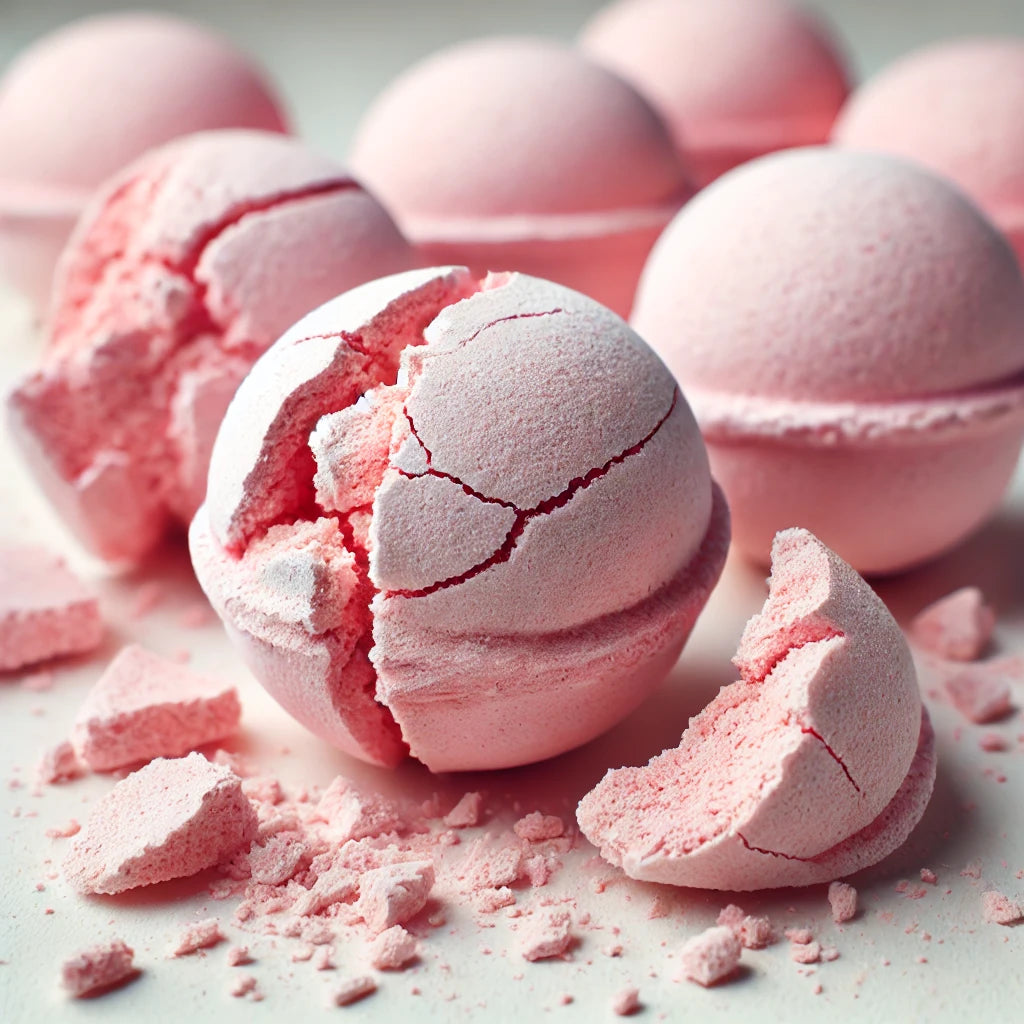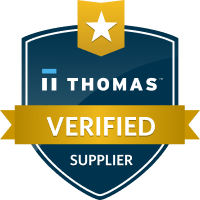One of the biggest challenges in bath bomb making is achieving the perfect activation. Activation occurs when the bath bomb ingredients, mainly baking soda and citric acid, start to react and fizz. While this reaction is what makes bath bombs exciting in the tub, it’s something bath bomb makers want to avoid during production. Too much moisture can cause premature activation, resulting in frustrating issues like warts, cracks, and even expanded bath bombs that lose their intended shape.
In this blog, we’ll dive into the science of bath bomb activation, common pitfalls, and actionable strategies—like using a dehumidifier and reducing water-based binders—to help you achieve flawless bath bombs every time.
Understanding Bath Bomb Activation
At its core, bath bomb activation is the reaction between baking soda (sodium bicarbonate) and citric acid, which releases carbon dioxide and creates the iconic fizz in the water. However, when there’s excess moisture in the air or too much water-based binder in your recipe, this reaction can occur prematurely, even before the bath bomb is used. This premature activation can lead to a range of problems, from warts (small bumps or protrusions on the surface) to cracks and unwanted expansion.
Humidity and excess water-based binders are two of the primary culprits behind premature activation. Humidity introduces extra moisture into the air, which your bath bombs can easily absorb. Water-based binders, such as water or surfactants like cocamidopropyl betaine, can accelerate activation if not carefully measured and controlled.
Common Signs of Premature Activation in Bath Bombs
Premature activation manifests in various ways, including:
- Warts: Small bumps or “warts” on the bath bomb surface indicate that moisture has triggered partial activation, creating small pockets of gas that disrupt the bath bomb’s smooth appearance.
- Cracks: If a bath bomb dries too quickly after activation, the expanding gases can lead to cracks, which can affect the bath bomb’s durability.
- Expansion: When activation occurs prematurely, gases build up inside the bath bomb, causing it to expand and lose its intended shape.
These issues not only impact the aesthetic appeal of the bath bomb but can also reduce its performance in the tub, where it may fizz too quickly or break apart prematurely.
How to Prevent Premature Activation
The good news is that premature activation is preventable. With some simple adjustments to your workspace and recipe, you can reduce the risk of these issues and produce consistently high-quality bath bombs.
1. Control Humidity Levels
Humidity is one of the most significant factors in premature activation. Excess moisture in the air can trigger the reaction between baking soda and citric acid, even before you add your bath bomb to the water.
A dehumidifier is an excellent tool for bath bomb makers, especially those crafting in humid climates or in spaces without controlled airflow. A dehumidifier helps remove excess moisture from the air, creating a stable environment for your bath bomb ingredients. This simple addition to your workspace can dramatically reduce the risk of premature activation and lead to better results. Some makers also store their completed bath bombs in a room with controlled humidity to ensure they stay dry and in pristine condition.
2. Reduce Water-Based Binders
Another common mistake is using too much water-based binder in the bath bomb mixture. While a small amount of water can be beneficial for helping ingredients stick together, it’s easy to go overboard. Too much water, especially when combined with high humidity, creates a perfect environment for premature activation.
Instead, try using alternatives that won’t trigger the reaction. For example:
- Witch Hazel: Witch hazel is a popular choice for bath bomb makers as it provides moisture without triggering activation as quickly as water does. It’s also readily available in spray form, which allows for easy application and better control.
- Alcohol: Isopropyl alcohol can be used in small quantities as a binding agent. It evaporates quickly, reducing the risk of premature activation while still helping ingredients adhere to each other.
In The Lavish Goat’s Bath Bomb 101, we recommend adding liquid binders a little at a time, spraying gently rather than pouring to avoid over-saturation.
3. Minimize or Eliminate Surfactants
Surfactants like cocamidopropyl betaine are frequently used to create a bubbly effect in bath bombs. However, they’re water-based, which means they can increase the risk of premature activation. If you’re experiencing warts, cracks, or expansion, try reducing or omitting surfactants, especially if you’re in a humid environment or if you’re noticing these issues consistently.
Another option is to try alternative ingredients that offer similar benefits without the risk of premature activation. For example, you might consider dry surfactants, like powdered bubble agents, which can add to the bubbly experience without the risk of extra moisture.
4. Work in Small Batches
Working in small batches allows for better control of moisture and binding agents. This technique is especially useful for beginners or makers working in variable climates. By limiting batch size, you can more closely monitor moisture levels and make real-time adjustments to avoid adding too much liquid.
5. Fine-Tune Your Recipe Ratios
If you’re continually facing premature activation, take a closer look at your recipe ratios. Adding a bit more cornstarch or kaolin clay can help to absorb extra moisture, reducing the risk of warts and cracks. These ingredients act as natural fillers, which won’t activate the baking soda and citric acid reaction. Just be sure to balance the additional dry ingredients to maintain the desired texture and performance of your bath bombs.
Testing and Perfecting Your Bath Bombs
Testing is a crucial part of the bath bomb-making process. The best way to refine your recipe and avoid premature activation is to make adjustments gradually and observe the results. After creating your bath bombs, check for any signs of activation within the first 24 hours. If you notice warts or cracks, try tweaking the recipe by cutting down on water-based binders or adding more dry ingredients.
Our Bath Bomb 101 series provides step-by-step guidance on testing and troubleshooting, helping you to build confidence as a bath bomb maker. By offering simple yet effective adjustments, we’re here to support you in mastering activation and achieving consistent, high-quality bath bombs.
Conclusion
Mastering bath bomb activation is a key skill for any bath bomb maker. By controlling humidity, cutting down on water-based binders, and fine-tuning recipe ratios, you can prevent common issues like warts, cracks, and expansion. With The Lavish Goat’s Bath Bomb 101, you’ll gain the insights and techniques needed to make flawless, beautiful bath bombs every time. So, if you’re ready to take your bath bomb skills to the next level, join us on this journey and say goodbye to activation issues for good!



